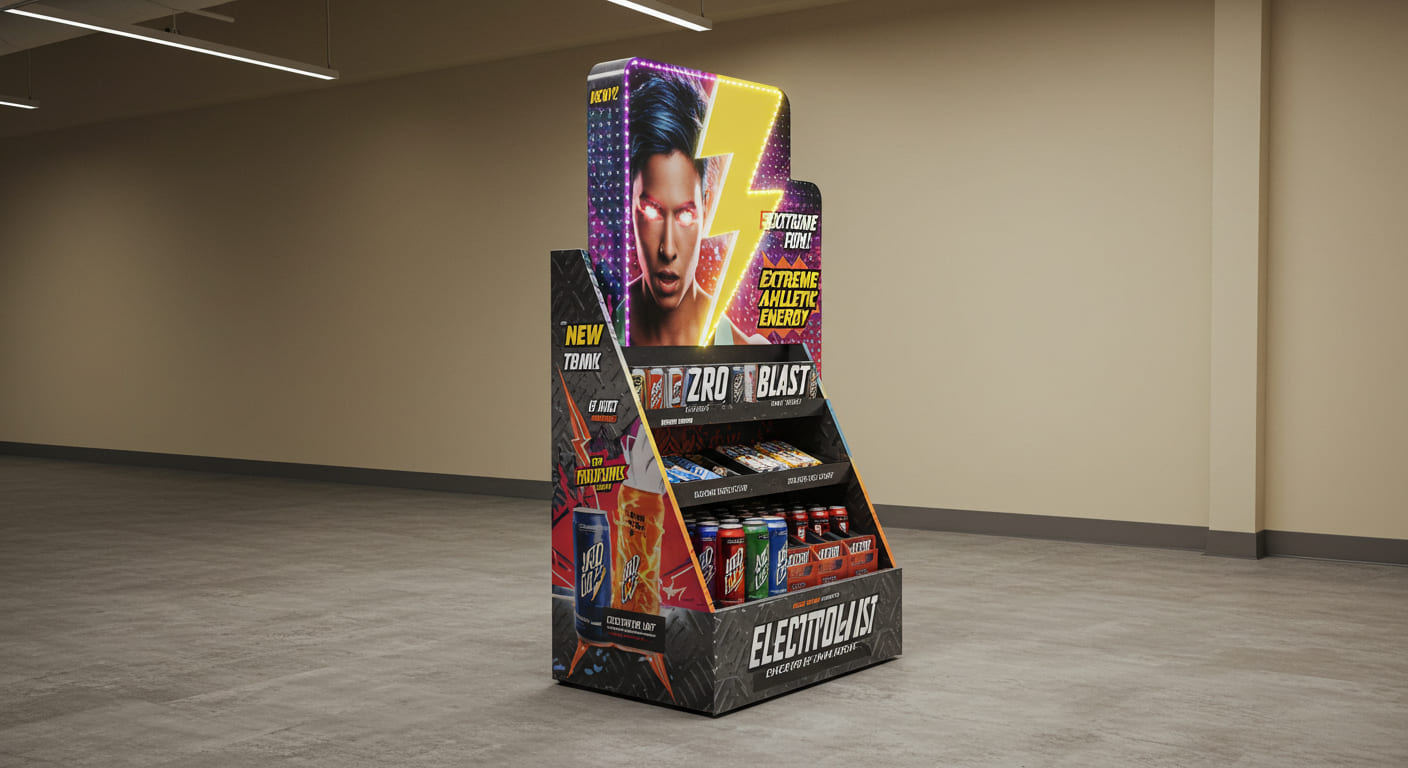
What Are the Use Cases of Point of Purchase Displays?
Are your checkout counters cluttered and failing to capture last-minute sales? You are leaving easy money on the table with every customer who pays for their items and simply leaves.
Point of purchase (POP) displays1 are used to drive impulse buys at the checkout, introduce new small products, promote special offers, and clear out seasonal items. They are powerful last-minute sales tools2.
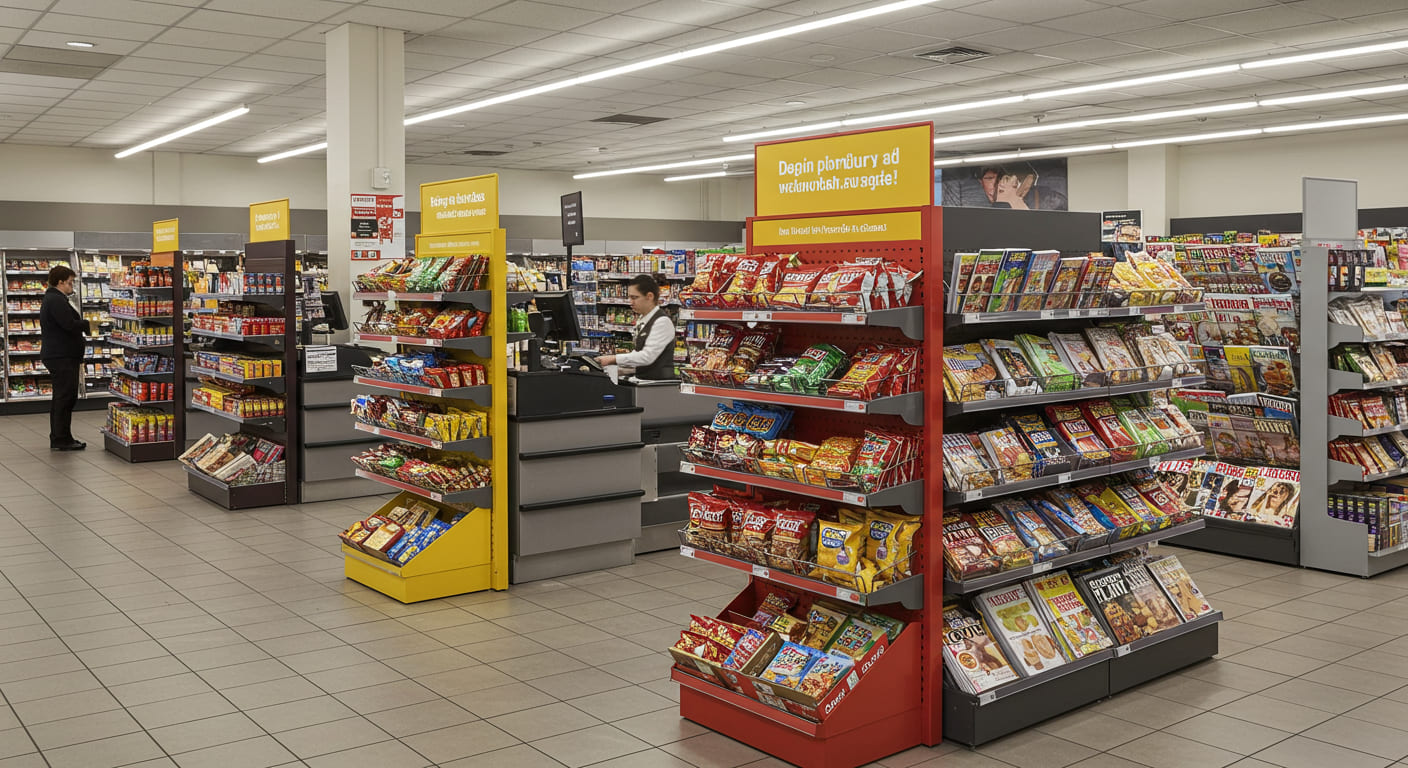
In my factory, we build thousands of these displays. They may be small, but they are mighty. For a designer like Mark, understanding their specific jobs is the key to unlocking extra revenue for a retail client. POP displays are not an afterthought. They are a final, crucial sales pitch just before the customer leaves your store. Let’s look at exactly what their job is.
What is the purpose of a point of purchase display?
Are customers completing their main purchase and walking right out of the store? This means you have missed your final and best chance to increase their basket size and boost your profits.
The main purpose of a point of purchase (POP) display1 is to trigger an impulse purchase2. It places convenient, low-cost, or high-margin items directly in the customer’s path during their final moments in the store.
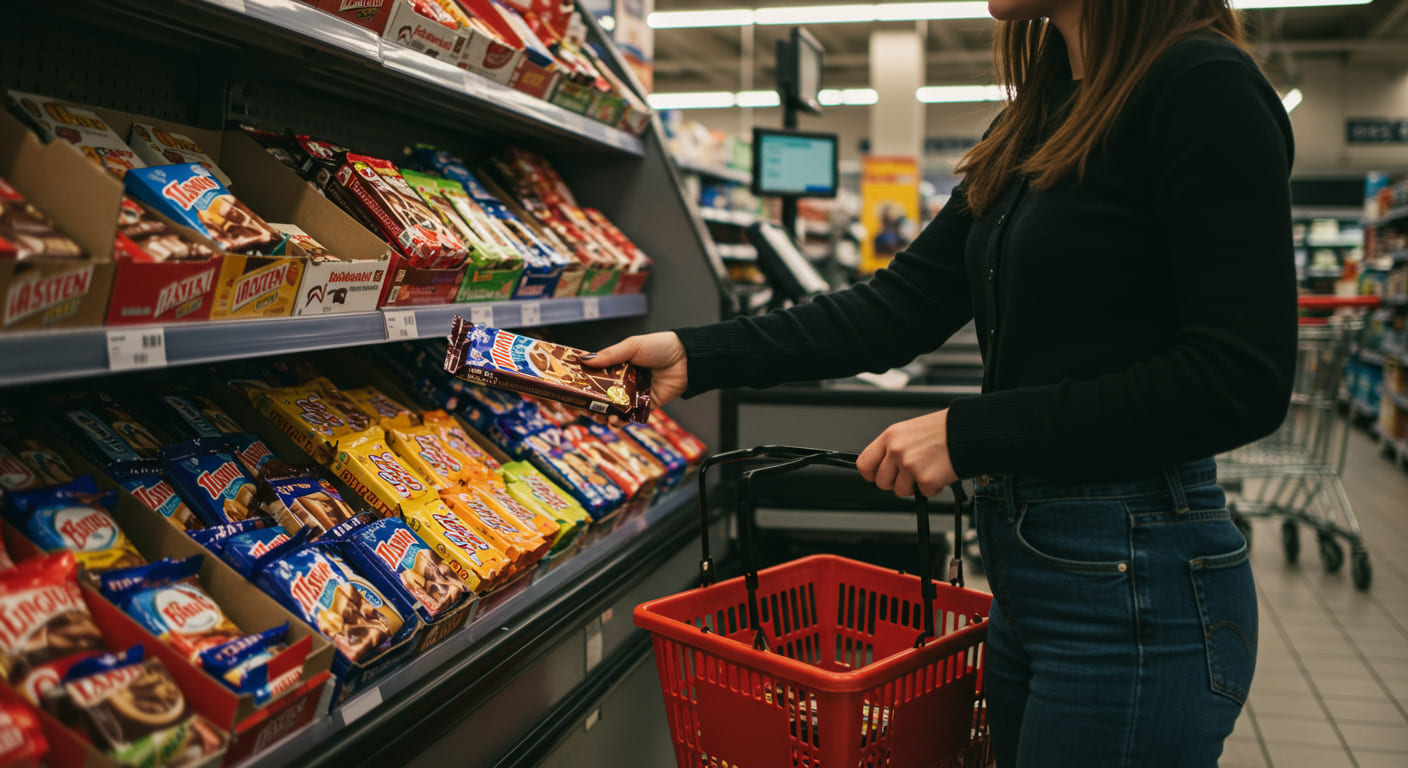
Dive Deeper
The core purpose of a POP display is to drive unplanned sales. It is all about psychology. A customer at the checkout has already decided to spend money, so their resistance to spending a little more is at its lowest. A POP display needs to present a simple, easy "yes." I remember a cosmetics brand that wanted to sell more lip balms. We designed a small, rotating acrylic countertop unit for them. It was not just a container. It had a small mirror on top and clear sections for all the different flavors. The purpose was not just to hold the lip balms. It was to interrupt the customer’s checkout process and make them think, "Oh, I could use one of those." It works by disrupting a routine and presenting a compelling, low-risk offer. A good factory partner helps you translate that purpose into a physical design that works. We think about how to make it grab attention without cluttering the counter.
What is an example of a point of purchase display?
Is the term "POP display" a bit too abstract for you? Without concrete examples, you cannot visualize how to effectively use these powerful tools in your own store designs.
A classic example is a small cardboard or acrylic stand on the checkout counter holding items like candy, gum, batteries, or gift cards. Other examples include small floor stands or "dump bins" near the queue line.

Dive Deeper
These displays come in many shapes and sizes, and the design process is critical to their success. The most common type is the simple countertop display you see in every convenience store, often made from cardboard or acrylic. But we can get much more creative. For a beverage company, my team designed a branded mini-fridge that sits on the counter. It kept the drinks cold and had bright internal LED lighting. This went far beyond a simple shelf; it created a premium experience. For a tech accessory brand, we built a display with built-in charging cables so customers could feel the quality of the product. These are more than just boxes; they are interactive tools. From our factories in China, we can easily combine wood, metal, acrylic, and electronics into one unit. A designer can have an idea for an interactive display on Monday, and my engineers can have a structural design and cost estimate ready by Wednesday. This speed from concept to reality is a huge advantage for our clients.
What are the benefits of point of sale display?
Do you wonder if investing in custom POP displays is truly worth the cost? If you don’t understand the clear benefits, you might stick with generic solutions that fail to perform for you.
The main benefits are a significant increase in impulse sales and a higher average transaction value. They also build brand awareness and are a cost-effective way to launch new products directly to paying customers.
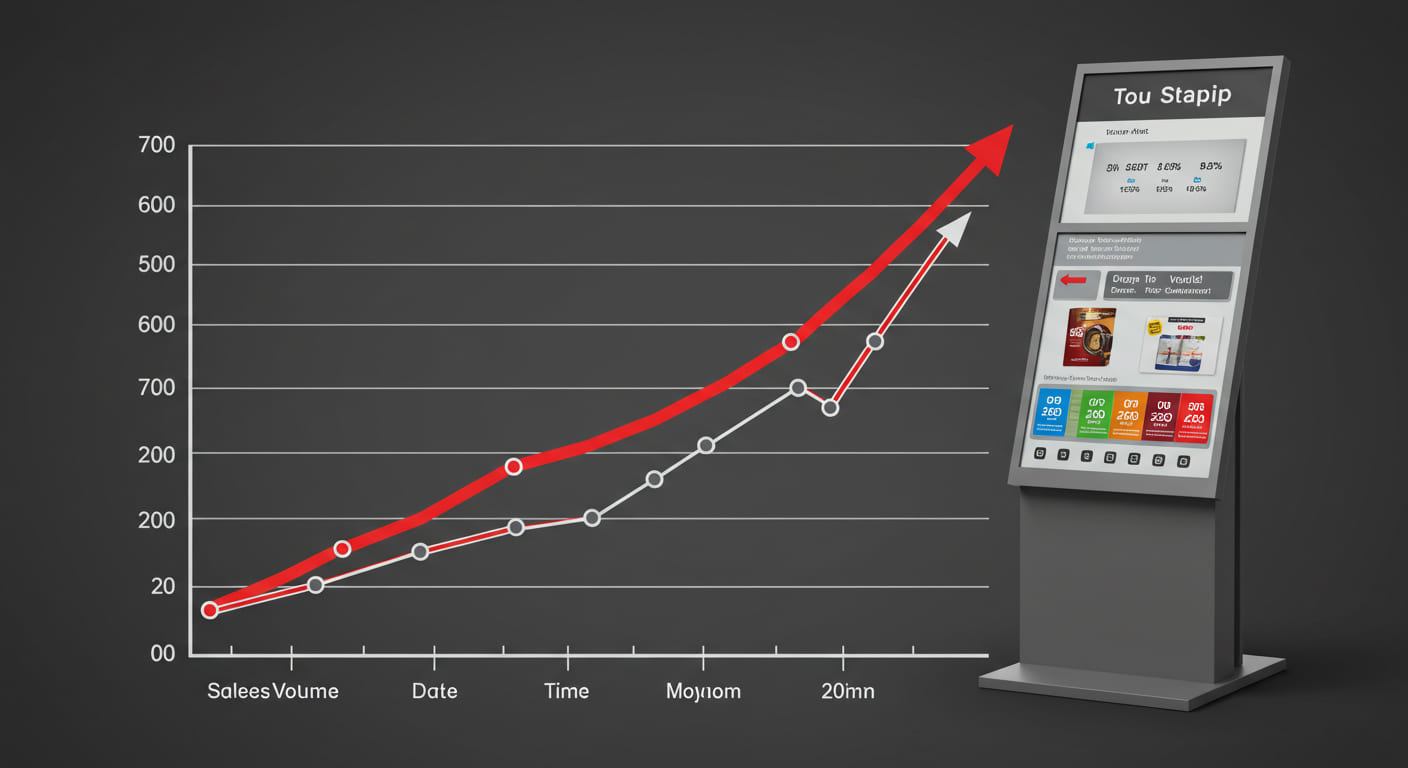
Dive Deeper
The benefits are very clear and easy to measure. The first and biggest benefit is the increase in sales. A well-designed POP display can boost sales of a specific product by a huge amount. Second, they are incredibly targeted. You are advertising to a customer who is literally pulling out their wallet to pay you. There is no better audience. Third, they are flexible and can be very affordable. A temporary POP display for a holiday promotion can be made from digitally printed, cost-effective cardboard. A permanent one for a core product like batteries can be made from durable powder-coated metal. When I work with a designer, our first step is to talk about the goal. Is it a short-term promotion? We will design for low cost and fast production. Is it a long-term branding piece? We will use premium materials. The key is in the collaboration between the designer’s vision and the factory’s know-how. We optimize the structure and process to ensure the client gets the maximum benefit for their investment.
What makes a POP display effective?
Have you placed displays at the checkout that just get completely ignored? A failed POP display is just expensive clutter that hurts your store’s professional image and slows down the checkout line.
An effective point of purchase display is highly visible, has a crystal-clear message, and offers a product that is easy to grab. It must interrupt the customer’s checkout process without becoming an obstacle.
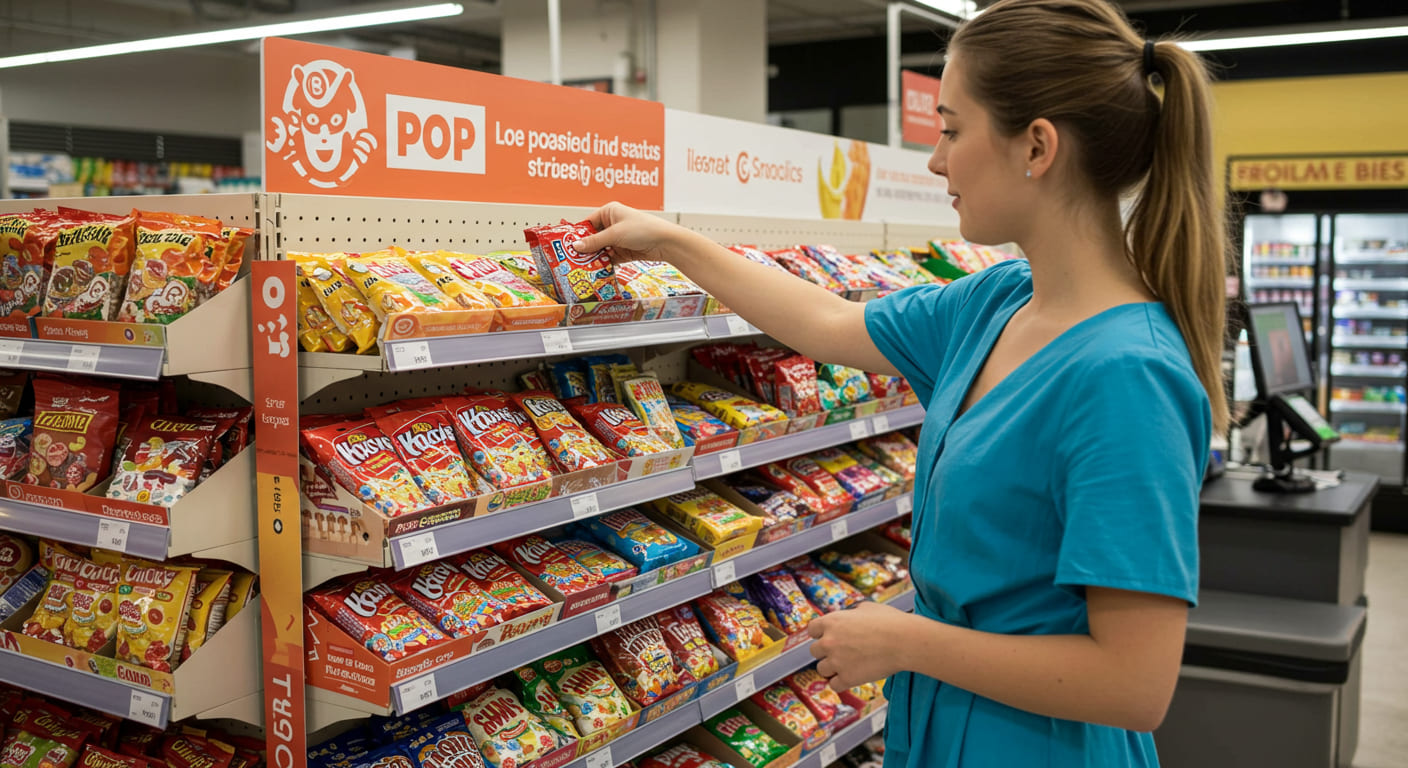
Dive Deeper
There’s a real science to making these effective, and it comes down to a few key traits.
- Location: It has to be in the "purchase zone." This means directly on the counter, in the queue line, or on the path to the exit.
- Clear Offer: The message must be instant. "New Flavor," "2 for $5," or "Don’t Forget!" No one has time to read a long story here. The graphics must be bold and simple.
- Easy Access: It must be effortless for the customer to take the product. No tricky packaging or hard-to-reach shelves.
- Right Product: The product should be an impulse item. This means it is low-cost, a small treat, or a genuine convenience.
This is where a visit to China can be so valuable for a designer. They can see the different printing techniques we use, like vibrant digital prints on PVC foam board or 3D lenticular prints that seem to move as you walk by. They get inspired by these processes to create a display that is impossible to ignore and communicates its offer in a split second.
| Feature | Why It’s Effective | Example |
|---|---|---|
| Visibility | Grabs attention during a routine task. | Bright colors, bold graphics, lighting. |
| Simple Message | The customer understands the offer in 1 second. | "SALE" or "NEW!" |
| Easy Access | Removes any barrier to grabbing the item. | Open-front bin, easy-tear packaging. |
| Impulse Product | Low-risk purchase that feels like a small treat. | Candy, soda, magazines, small gadgets. |
Conclusion
Point of purchase displays are targeted tools designed to capture last-minute sales. They boost revenue right at the checkout with minimal investment and deliver a maximum, measurable impact on your bottom line.